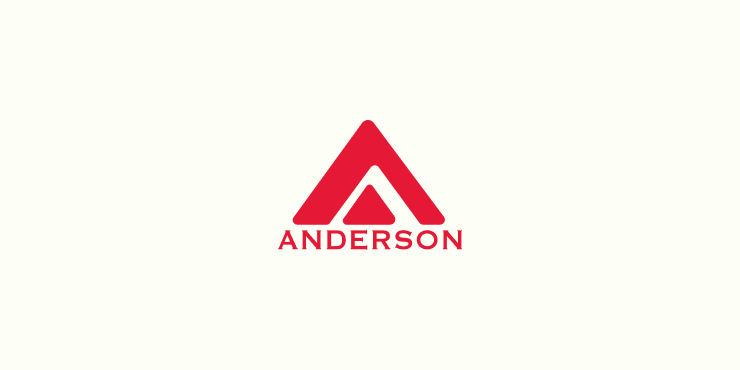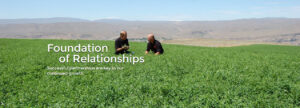Heat Stress Decreases Dairy Cow Milk Production

While it is currently winter in the northern hemisphere, dairy cows in some other parts of the world are experiencing environmental conditions that include high ambient temperature and relative humidity. Dairy farmers know that their cows are sensitive to heat stress on hot summer days. When the climate is subtropical, or when temperatures are hot and humid for extended periods of time, dairy cows may become chronically heat stressed.
The strain caused by chronic heat stress in lactating dairy cows can be detrimental to milk production. Dairy producers in the United States lose more than $5 billion each year from heat stressed dairy cows that have depressed milk production and decreased performance (1).Unfortunately, dairy cows are more sensitive to heat stress than other animals because their metabolic processes generate a lot of heat. In addition, physical activity generates additional heat from muscles and other body tissues.
As temperatures exceed 95oF, energy requirements for maintenance of general body functions increase by 20%, often at the expense of milk production (2). Body heat production associated with milk production increases because metabolic processes, feed intake, and digestive requirements increase to meet conditions for high milk yield. Therefore, high producing dairy cows are especially prone to heat stress.
Adding to the problem is the fact that dairy cows also accumulate heat from radiant energy. Metabolic heat production and heat accumulation coupled with compromised cooling capability due to environmental conditions result in increased body temperature, which can be measured by rectal temperature, and increased respiration rates. Furthermore, heat stressed cows eat less as ambient temperature increases, and as a consequence, milk production decreases as temperature increases (see Figure; adapted from reference 3).

Dairy producers can help offset the negative effects of heat stress in dairy cattle by providing shade. A good source of shade is probably the easiest and cheapest method to decrease heat stress. In fact, total heat load may be reduced between 30 and 50% with a well-designed shade area (2). Many dairy farms in the southeastern United States utilize free stalls and loose housing barns with high, steeply pitched roofs, which minimize heat transfer from solar radiation and allow for cross ventilation (2).
Shade is rather effective in helping decrease heat stress; however, it does nothing to decrease actual air temperature or relative humidity. Therefore, the use of fans and methods to wet the cow aid in evaporative cooling. Studies have shown that milk production is improved in cows when they are treated with an evaporative cooling method during hot and humid conditions.
Another way to combat heat stress is to use genetic tools to select for heat-tolerant dairy cattle. Nutritional management strategies can be also be designed to minimize the effects of heat stress in lactating dairy cows. Please check our blog in the upcoming weeks for tips on how to feed heat stressed lactating cows and also to learn about what heat stress does to dry dairy cows.
To receive this blog from Anderson Hay directly in your email, subscribe above on the right.
We’d love your feedback! Please take our Blog Survey.
References
(1) http://msue.anr.msu.edu/news/heat_stress_in_dairy_cattle
(2) West, J.W. 2003. Effects of heat stress on production in dairy cattle. J. Dairy Sci. 86:2131-2144.
(3) http://www.uaex.edu/Other_Areas/publications/PDF/FSA-3040.pdf


